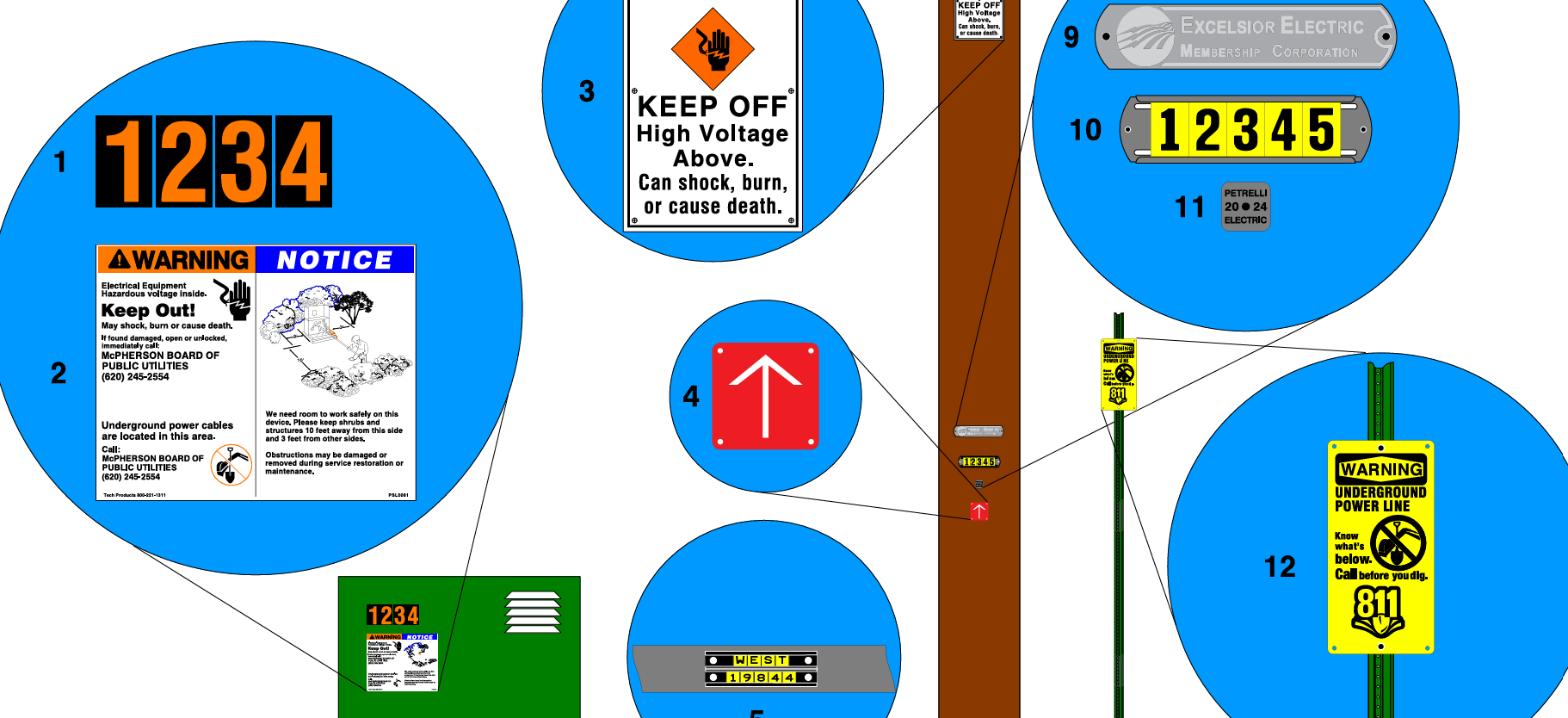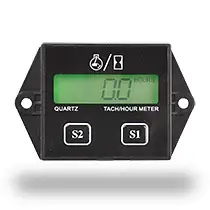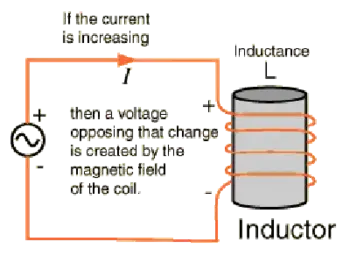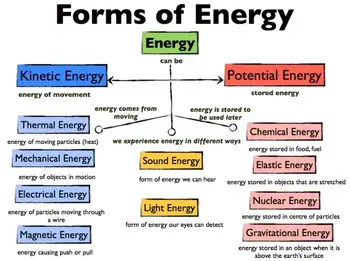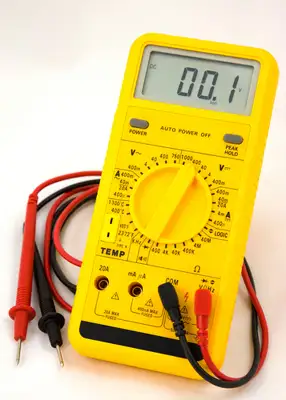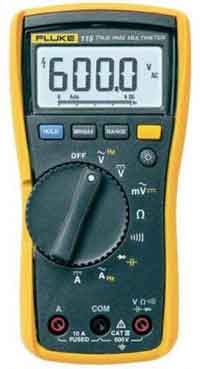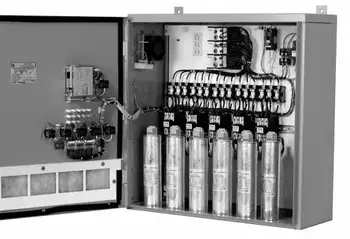What is Capacitance?
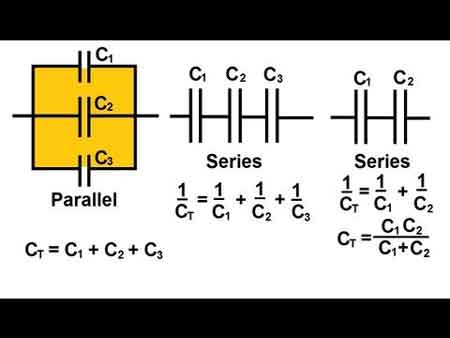
Capacitance is the ability of a component to store electrical charge between plates separated by insulation, measured in farads. It is vital in circuits, electronics, and energy storage for voltage regulation, stability, and efficient power system performance.
What is Capacitance?
Capacitance is a fundamental concept in electrical engineering and physics, describing a system's ability to store energy in the form of an electrical charge.
✅ Measures the ability to store electric charge in a circuit
✅ Essential in filtering, timing, and power conditioning
✅ Found in capacitors used in electronics, motors, and power supplies
Capacitance (C = Q / V) measures the amount of electric charge (Q) a system stores per volt (V); unit: farad (F).
Power Quality Analysis Training
Request a Free Power Quality Training Quotation
Capacitance is the property of a system that allows it to store electric charge when a voltage, or electric potential difference, is applied across its terminals. This stored charge represents the system’s charge storage capacity, which is directly proportional to the capacitance value and the applied voltage. In alternating current (AC) circuits, capacitors do not pass current in the same way resistors do; instead, they oppose changes in voltage through a phenomenon known as capacitive reactance. This reactance decreases as the frequency of the AC signal increases, making capacitors essential in filtering, tuning, and timing applications. To understand how stored charge behaves across voltage differences, refer to our guide on capacitive load, which explores how capacitors affect AC circuits. For a detailed breakdown of how capacitance is measured, check out the unit of capacitance to understand farads and their practical conversions.
What Determines Capacitance?
The capacitance of a capacitor is determined by its geometry and the properties of the dielectric material between the conductive plates. The unit of capacitance is the farad, which can be measured in farads. Capacitors are often rated in microfarads (μF) or picofarads (pF), depending on their size and intended use. For the basics of components that store electrical energy, see what is a capacitor to learn how these devices function and their role in circuits.
Learn how stored charge relates to apparent and real power in AC systems by visiting our apparent power vs real power comparison.
When a capacitor is connected to a voltage source, it charges, storing energy as an electrical field between its conductive plates. The amount of energy stored in a capacitor is proportional to its capacitance and the square of the voltage across it. When the voltage source is removed, the capacitor will slowly discharge, releasing the stored energy as an electrical current. Capacitance is also central to power factor optimization—discover how this works with an automatic power factor controller.
RC Circuits: The Role of Capacitance in Charging
A capacitor's charging and discharging behaviour is determined by its capacitance and the properties of the surrounding circuit. For example, in a simple circuit with a resistor and a capacitor, the capacitor will charge up rapidly when first connected to a voltage source. Still, it will then discharge slowly over time as the energy stored in the capacitor is dissipated through the resistor. The time constant of the circuit, which describes the rate at which the capacitor charges and discharges, is determined by the product of the resistance and capacitance of the circuit.
Capacitors are used in various electronic applications, from filtering noise in power supplies to storing energy in flash memory. The capacitance of a capacitor can be tuned by selecting different dielectric materials, changing the geometry of the conductive plates, or adding additional plates in parallel. To explore how capacitors behave when connected end-to-end, visit capacitance in series, which explains the reciprocal formula and voltage behavior.
Dielectric Materials and Their Effect on Capacitance
Dielectric materials are crucial to the operation of capacitors, as they serve as insulators between the conductive plates. The dielectric constant of a material describes its ability to store electrical energy and is a key parameter in determining the capacitance of a capacitor. Dielectric materials can be solid, such as ceramics or plastics, or liquid, such as electrolytes.
Capacitors can store energy in various forms, from high-voltage electrical energy in power supplies to low-voltage electrical energy in portable electronic devices. The energy stored in a capacitor can provide a quick burst of power to a circuit or smooth out variations in a power supply. If you're curious about how capacitors add their values in parallel, the capacitance in parallel page illustrates how capacitances sum directly, enhancing energy storage.
How Capacitance Compares to Resistance and Inductance
Resistance slows down the transfer rate of charge carriers (usually electrons) by "brute force." In this process, some energy is invariably converted from electrical form to heat. Resistance is said to consume power for this reason. Resistance is present in DC as well as in AC circuits and works the same way for either direct or alternating current. Capacitor performance depends on safe voltage levels; our page on capacitor voltage rating explains these limits in detail.
Inductance impedes the flow of AC charge carriers by temporarily storing the energy as a magnetic field. However, this energy is eventually replenished. For high-capacitance setups in electrical systems, see how banks of capacitors are configured in our capacitor bank overview.
Capacitance impedes the flow of AC charge carriers by temporarily storing the energy as an electric potential field. This energy is given back later, just as it is in an inductor. Capacitance is not generally necessary in pure-DC circuits. However, it can have significance in circuits where DC is pulsating and not steady. If you're studying how capacitance affects reactive energy, visit our breakdown of reactive power formula in electrical circuits.
Capacitance in AC Circuits and Frequency Response
Capacitance, like inductance, can appear unexpectedly or unintentionally. As with inductance, this effect becomes more evident as the ac frequency increases.
Capacitance in electric circuits is deliberately introduced by a device called a capacitor. It was discovered by the Prussian scientist Ewald Georg von Kleist in 1745 and independently by the Dutch physicist Pieter van Musschenbroek at about the same time while investigating electrostatic phenomena. They discovered that electricity generated by an electrostatic machine could be stored for a period and then released. The device, which came to be known as the Leyden jar, consisted of a stoppered glass vial or jar filled with water, with a nail piercing the stopper and dipping into the water. By holding the jar in hand and touching the nail to the conductor of an electrostatic machine, they found that a shock could be obtained from the nail after disconnecting it by touching it with the free hand.
This reaction showed that some of the electricity from the machine had been stored. A simple but fundamental step in the evolution of the capacitor was taken by the English astronomer John Bevis in 1747 when he replaced the water with metal foil, forming a lining on the inside surface of the glass and another covering the outside surface. The interaction of capacitance and system reactance is a key part of understanding power quality, as explained on our reactor reactance in power systems page.
A Visual Thought Experiment: Capacitance Between Metal Plates
Imagine two very large, flat sheets of metal, such as copper or aluminum, that are excellent electrical conductors. Suppose they are each the size of the state of Nebraska and are placed one on top of the other, separated by just a foot of space. What will happen if these two sheets of metal are connected to the terminals of a battery, as shown in Fig. 11-1?
Fig. 11-1. Two plates will become charged electrically, one positively and the other negatively.
The two plates will become charged electrically, one positively and the other negatively. You might think this would take a little while because the sheets are so big. However, this is a reasonable assumption.
If the plates were small, they would both become charged almost instantly, attaining a relative voltage equal to the battery's voltage. But because the plates are gigantic, it will take a while for the negative one to "fill up" with electrons, and it will take an equal amount of time for the other one to get electrons "sucked out." Finally, however, the voltage between the two plates will be equal to the battery voltage, and an electric field will exist in the space between the plates.
This electric field will be small at first; the plates don't charge immediately. However, the negative charge and the positive charge will increase over time, depending on the size of the plates and the distance between them. Figure 11-2 is a relative graph showing the intensity of the electric field between the plates as a function of time elapsed since the plates are connected to the battery terminals.
Fig. 11-2. Relative electric field intensity, as a function of time, between two metal plates connected to a voltage source.
Related Articles







